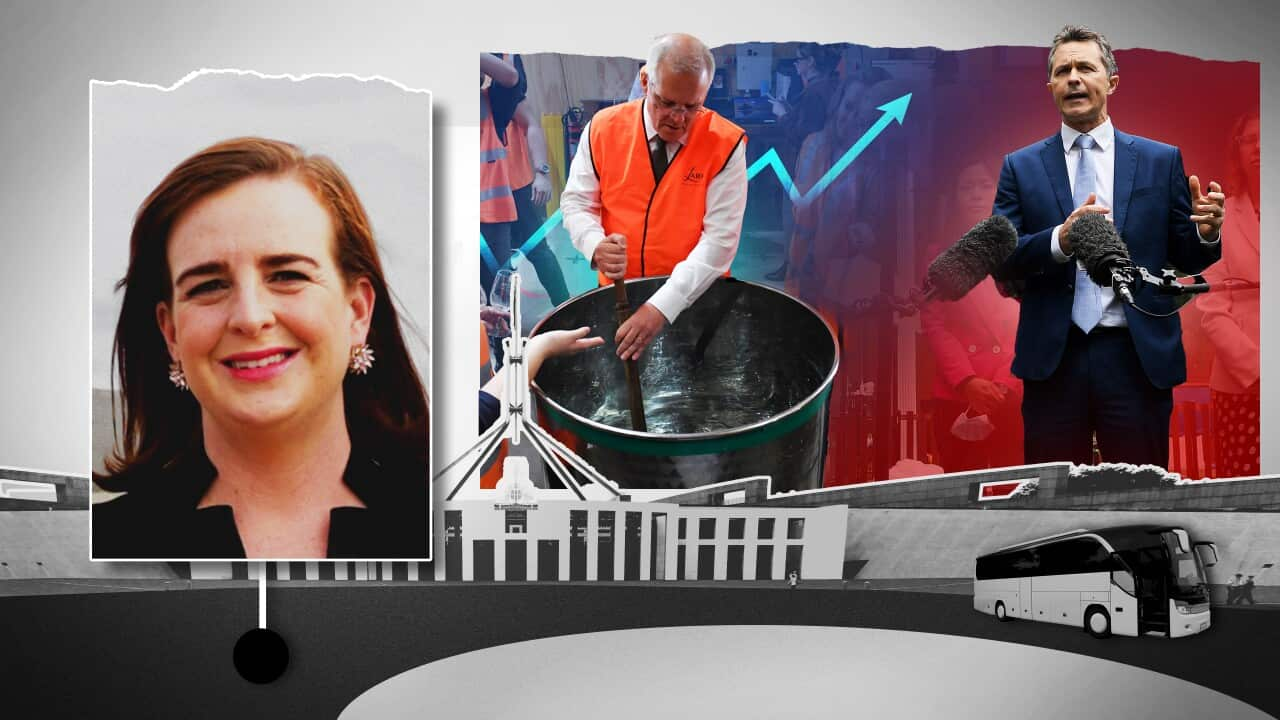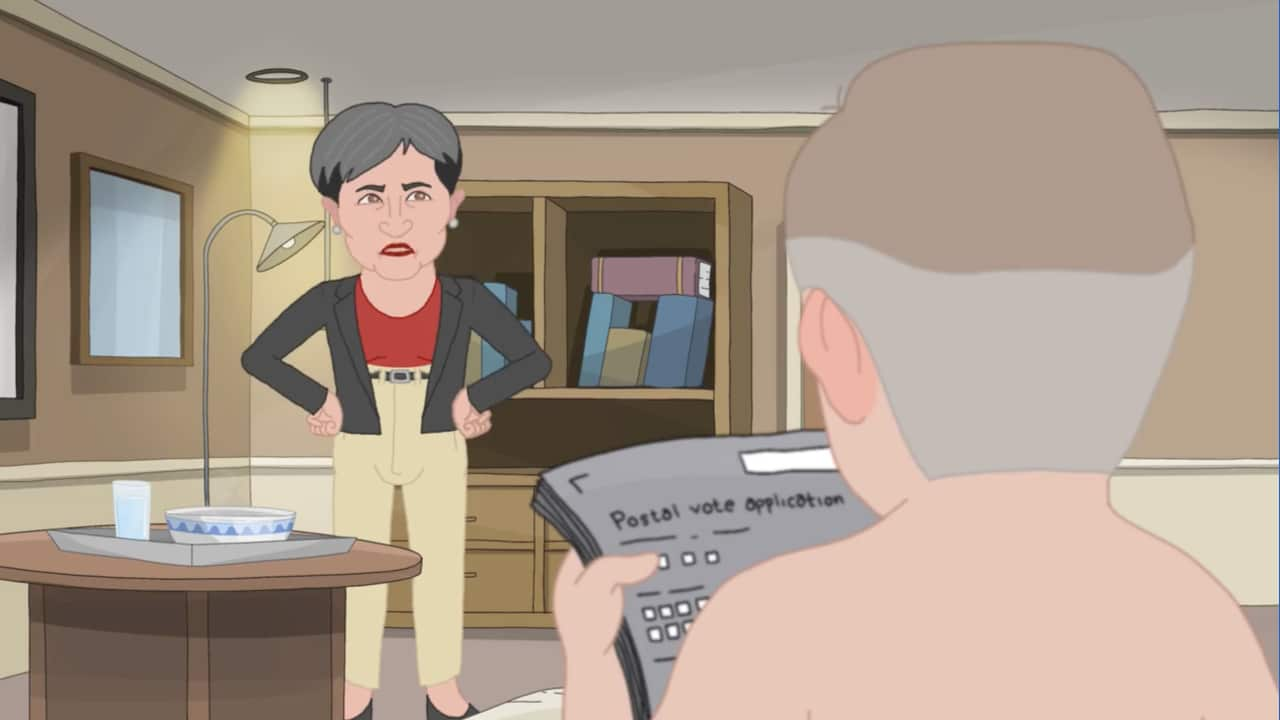Election campaigns are tightly controlled affairs, with political minders scoping out every potential pitfall on the road, all the way down to whether innocuous signs in the background of campaign events could be misconstrued.
But as this federal campaign hits the halfway point, there are factors outside of the control of the duelling leaders which could now take centre stage.
The Australian Bureau of Statistics, released during the week, has shot a hole in the side of the “keep calm” message on the Australian economy.
Inflation has gone up , confirming what many Australians are experiencing as they pay for groceries and petrol.
Within days the Reserve Bank will have to make a call about whether to raise the cash rate.
If it does, mortgage stress will emerge as a central concern for voters in the lead up to polling day.
It’s 15 years since the Reserve Bank put up rates during an election campaign. Prime Minister John Howard ended up losing to Kevin Rudd in 2007.
Prime Minister Scott Morrison is keen to point out the differences in the economic conditions then and now, and the pressure being applied by the war in Ukraine and pandemic supply chain challenges.
He’s assuring the electorate that a series of budget one-off payments will help and the government has shown during the pandemic that it can manage economic ructions.
Opposition leader Anthony Albanese has emerged from a week with his dog Toto in COVID-19 isolation to be tested on how Labor would attack this problem.
Labor has hitched its wagon to securing Australians a pay rise.
The latest budget prediction on wages growth forecasts a boost by 2.75 per cent mid-year and 3.25 per cent by the year’s end.
So while unemployment is low, people’s wages are not growing anywhere near enough to counter inflation and actually deliver a pay increase.
Inflation is eating the winnings.
As the major parties struggle over the economic message to send swinging voters, the path of minor parties and independents to the parliament is being paved.
There are now tight contests expected in a number of key marginal seats in Sydney and Melbourne where so-called “teal” independents are making a mark campaigning on political integrity and climate change platforms.
That includes the seat of Kooyong, held by the federal Treasurer Josh Frydenberg which is under threat from independent candidate Monique Ryan.

Treasurer Josh Frydenberg, seen here on the day of the 2019 federal election, is facing pressure to retain his seat of Kooyong in Melbourne. Source: AAP / DAVID CROSLING/AAPIMAGE
The stage is set for three more weeks of battling over policy and preferences, and increasingly murky how-to-vote deals in marginal seats.
According to the published opinion poll trend Labor is still significantly ahead on the two party-preferred count, but strategists on both sides acknowledge that’s a national assessment and doesn’t reflect the full picture in key marginal seats where local issues may drive the result.
In this election, anything is possible, but it could come down to the wire. In that case every last vote will count.










